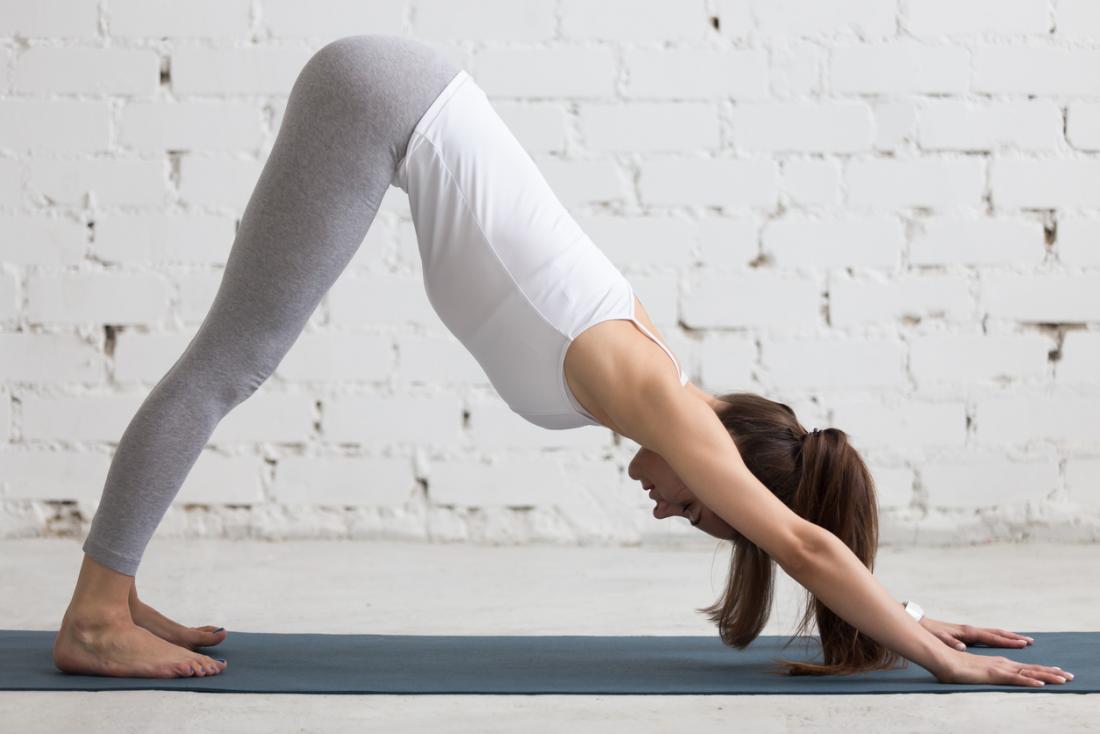
The research suggests that every year, more than 10 percent of people who practice yogain a recreational capacity experience musculoskeletal pain, particularly in the upper limbs, as a result.
What is more, the study found that yoga actually worsens more than a fifth of existing injuries.
Lead study author Prof. Evangelos Pappas, of the Faculty of Health Sciences at the University of Sydney in Australia, and colleagues recently reported their findings in the Journal of Bodywork and Movement Therapies.
Yoga is one of the most common mind and body practices in the United States, and its popularity is increasing. According to a survey conducted by Yoga Alliance last year, around 37 million U.S. adults practice yoga, a significant rise from 20 million in 2012.
But why is yoga so appealing? Aside from its stress-relieving effects, one reason why people are attracted to yoga is its ability to ease pain. A recent study reported by Medical News Today found that for low back pain, yoga is just as beneficial as physical therapy.
However, the new study from Prof. Pappas and team suggests that caution should be applied when practicing yoga, as it could do more harm than good.
Upper limb pain most common
For their study, the researchers analyzed the data of 354 adults who engaged in recreational yoga.
Participants completed two electronic questionnaires 1 year apart, which gathered information on any musculoskeletal pain they might have, where in the body this pain occurred, and pain severity.
The data revealed that 10.7 percent of participants experienced musculoskeletal pain as a result of yoga.
“In terms of severity, more than one third of cases of pain caused by yoga were serious enough to prevent yoga participation and lasted more than 3 months,” notes Prof. Pappas.
Pain in the upper extremities – including the shoulder, elbow, wrist, and hand – was the most common type of pain caused by yoga, which Prof. Pappas speculates may be down to “postures that put weight on the upper limbs,” such as the downward dog.
For subjects with pre-existing musculoskeletal injuries, around 21 percent of these injuries were exacerbated by yoga participation, the team reports. Pre-existing upper limb pain was most affected by yoga.
Injury rate higher than previous reports
However, the study also brought some positive news; around 74 percent of participants reported that their pre-existing musculoskeletal pain had improved as a result of yoga.
Still, the researchers believe that their findings highlight the need for caution when it comes to practicing yoga, especially for people who already have musculoskeletal pain.
“Our study found that the incidence of pain caused by yoga is more than 10 percent per year,” says Prof. Pappas, “which is comparable to the injury rate of all sports injuries combined among the physically active population.”
“However people consider it to be a very safe activity. This injury rate is up to 10 times higher than has previously been reported.”
Prof. Evangelos Pappas
The researchers say that their findings may help both healthcare professionals and patients to compare the risks of yoga with other types of physical activity, allowing them to make informed decisions about which form of exercise is best.
“We recommend that yoga teachers also discuss with their students the risks for injury if not practiced conscientiously, and the potential for yoga to exacerbate some injuries,” adds Prof. Pappas.
“Yoga participants are encouraged to discuss the risks of injury and any pre-existing pain, especially in the upper limbs, with yoga teachers and physiotherapists to explore posture modifications that may result in safer practice.”
[“Source-medicalnewstoday”]
